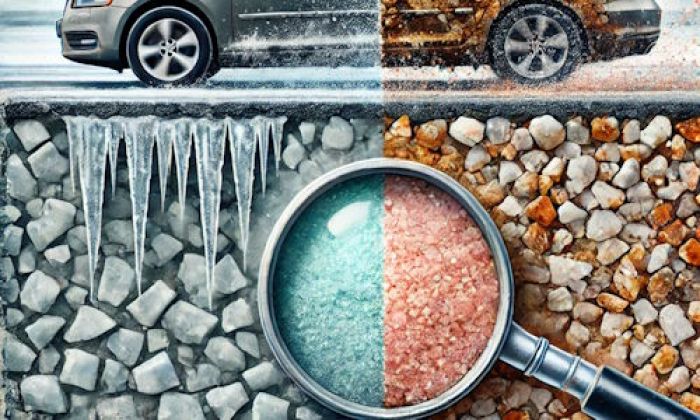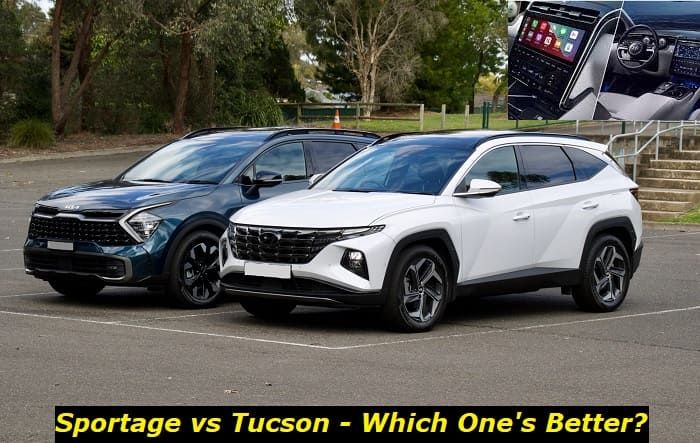Enjoying all the modern functions of your Tesla vehicle is important for safety and pleasure from driving. But if some alert stays on the dash or on the infotainment display of the vehicle, you can't relax and can't stop thinking that something is wrong. Even when the message is just saying "Cruise Control Unavailable", you still can't relax and keep thinking about possible repairs.
Cruise control unavailable message highlights
- Common reasons:camera or radar is blocked, battery low, software glitch
- How to fix:clean camera and radar areas, reboot the car, check the 12V battery
- Possible consequences:smart safety functions won't be working
- Priority level:Low
- Can you drive?Yes
- DIY repair:Yes
- Repair price range:$0-$250

Locating the actual problem with the cruise control
Well, first of all, you need to carefully look at the error itself. You will find that the message doesn't end with the phrase "Cruise Control Unavailable", it also says something like "Reduced front radar visibility" or "Reduced front camera visibility". This message helps you understand which exact module has the problem.
Tesla's self-diagnosing system is pretty advanced and can even understand if the camera is blinded by mud or dust or if the camera needs proper calibration. So, after reading the full message, you will know more about the problem.
Also, there is a code in the corner of your screen like APP_w221 or APP_w222. Write it down and you will have fewer problems explaining the problem to your mechanic.
Here are three possible reasons for this error message, according to Tesla's official owners manual for the Model Y:
1) Reduced front radar visibility
This is one of the most common reasons. It means that the front radar has some blockage and can't locate any traffic obstacles like pedestrians or other cars. The adaptive cruise control will be off. Actually, you will not be able to use any kind of cruise control when this happens.
Of course, the problem may be not only with the blockage of the radar sensor. This part may be broken or disconnected. The radar sensor is usually located behind the front grille. At this place, usually, the license plate is located.
2) Reduced camera visibility
The camera in your Tesla is located behind the windshield, in the interior of the car. It means that it isn't afraid of bad weather (well, almost isn't afraid) and won't be covered by road mud. The visibility of the camera may be reduced due to a very dirty windshield, a lot of dust in the interior of your vehicle, a broken camera, the fogged lens on the camera, etc.
If the camera isn't working, the cruise control computer doesn't get the proper information about the road conditions and the cruise control will just stop working. Once the blockage is gone, the system will recalibrate and allow you to use all the needed functions.
3) The need for camera calibration
In this case, the message will say "Continue driving to allow cameras to calibrate". This means that something was wrong with the cruise control feature and now it needs to calibrate everything like the radar sensor and camera. For this, your Tesla needs to get a lot of proper data when driving.
Usually, when you just keep driving, the system will recalibrate its components and you won't need to repair anything. But if this message stays on the dash for too long, you will need to do something.
How can you solve the problem?
Solving the issue may be easy, so you shouldn't drive right to the dealership and pay money to deal with this message. There are a couple of things you may try to pay zero dollars and have your cruise control feature back.
Here are the possible solutions:
1) Clear the area of the radar sensor
The radar sensor is located in the area of the license plate - right behind the grille. You may clean the area from the snow, mud, dust, or any other contaminant and see if the message disappears. If it doesn't, you may also take off the grille (please watch a video tutorial from a trusted source first) and see if the surface of the radar needs cleaning.
Also, any aftermarket accessories that may potentially cover the front bumper area may be the reason why now you see this message. They may be the obstruction for the radar sensor.
2) Make sure the camera can "see" the road
The camera is located in front of the interior mirror - in the central upper part of the windshield. It may be blocked by snow or ice that accumulates in this part of the windshield. To solve this, use the front windshield defroster.
Also, the camera lens may have been fogged due to temperature changes. Turn on the climate control to high temperature and turn the AC on to dry the air in the cabin of your vehicle. This will quickly defog all glass surfaces.
I had a client with this problem once and he had a huge spider in his car who occasionally sat on the camera and chilled out there probably watching the road. Of course, the camera was giving this warning and it took him about half a year to finally solve the riddle.
3) Keep driving to let your cameras calibrate
Sometimes, your Tesla may get one of its cameras to lose its settings. Usually, this happens after the car spends quite a lot of time in the garage without moving or after the battery is fully discharged. In these cases, your cameras may need proper calibration.
There is nothing you should do - just keep driving. Tesla says in their manuals, that the calibration will take about 20-30 miles. When you drive on the roads with great fresh lane marks, allows the cameras to calibrate faster.
Of course, if the calibration takes too long, you should visit a dealer to see what's wrong with the car.
Can you still drive with the malfunctioning cruise control?
Yes, you can drive your Tesla in this condition. I can see no reason why it should be in any way dangerous or unacceptable. The cruise control feature will not work and you won't be able to rely on the Autosteer function and other cool things that Tesla may offer to you.
But as long as you are holding the steering wheel in your hands and pressing those pedals with your foot, you can drive without even thinking of any possible problems.
Of course, you will still want to solve the problem to get back the possibility to use all the needed features. But even if you decide to drive with this error message always illuminating on the display, you can do so and you won't get into trouble.
When should you ask for help in the dealership?
That's pretty annoying when you need to observe a certain error message every time you look at the screen in your car. Also, you paid a great pile of money to own one of the most technological cars in the world and now you don't have the possibility to use one of its prominent features. Also, this feature enhances safety, so it should be working in your car.
If you tried everything that I told you about in this article and nothing helped you, it's time to ask for professional help.
Here's when you will actually need it:
- after cleaning the radar sensor area and the camera nothing seems to be working well;
- after some time, the cruise control error came back and the cruise control became unavailable again;
- there are other errors on the screen and they don't seem to go away after some time of driving;
- the car seems to behave strangely on the road and throws different error messages.
In these cases, I strongly recommend you show the vehicle to a good mechanic. Even though dealers are pretty expensive, the best place to go to is actually the Tesla dealership. They have the proper tools and knowledge for diagnosing your vehicle.
Final thoughts
Whenever you encounter problems with the cruise control feature in your Tesla, you should try all the DIY methods presented above in this article. They will most likely help you get rid of the error message and regain control over the features of your EV.
If it seems too hard or nothing helps you get the cruise control feature back, you may need professional help. One of the possible options is to go to the dealership and have the Tesla tested properly. Maybe, there is some lost connection or glitchy software to be fixed.
Overall, the malfunctioning cruise control is not the worst thing that may happen to your Tesla and you still can drive the vehicle safely. Still have any questions? Ask them in the comments below!
About the authors
The CarAraC research team is composed of seasoned auto mechanics and automotive industry professionals, including individuals with advanced degrees and certifications in their field. Our team members boast prestigious credentials, reflecting their extensive knowledge and skills. These qualifications include: IMI: Institute of the Motor Industry, ASE-Certified Master Automobile Technicians; Coventry University, Graduate of MA in Automotive Journalism; Politecnico di Torino, Italy, MS Automotive Engineering; Ss. Cyril and Methodius University in Skopje, Mechanical University in Skopje; TOC Automotive College; DHA Suffa University, Department of Mechanical Engineering






Add comment